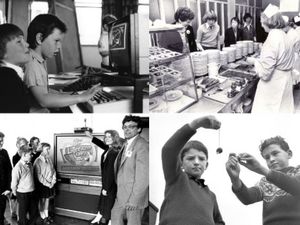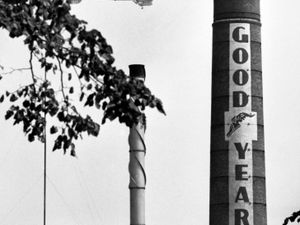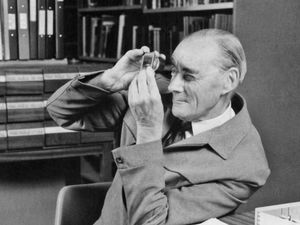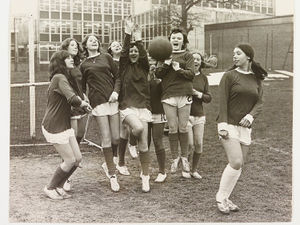The story of the Black Country's forgotten world champion of whittling
In life, Samuel Wilkes received a lot of stick.
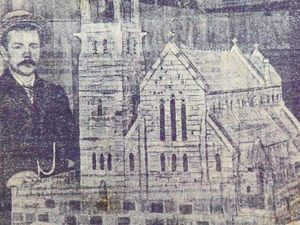
Using only a pen-knife, he turned them all – no matter how thick, no matter how short – into breathtaking, beautiful works of art.
Give the Tipton craftsman a piece of wood and he would tease, gouge and carve it into something wonderful. His name will mean nothing to the vast majority of readers and that is an injustice.
Yet in the tight-knit world of whittlers – those men who find happiness through slicing twigs, branches and even logs down to size – Samuel Wilkes’ name is revered. It is whispered in deference.
The world of whittling will never see the likes of the great man again. He was the Maradona of the matchstick, the Pele of the plank – a veritable Tiger Woods when trimming timber off-cuts.
He is the Black County’s forgotten world champion. Sunday, April 16, was the 81st anniversary of the maestro’s passing, aged 72: not one of our civic heads demanded a minute’s silent whittling in his honour.
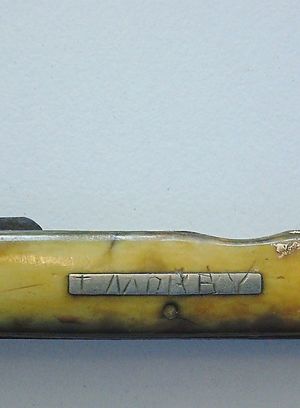
It is time Samuel – a man who could neither read nor write, but let his trusty, worn pen-knife do the talking – received the kudos he richly deserves.
When America threatened to dominate the very British pursuit, Samuel upped sticks – excuse the pun – and challenged their best whittler, mano-a-mano.
He made wood-shavings of the pretender to his throne. And once the sawdust had settled, the planet realised it had a superstar in its midst. Yet Wilkes’ death in 1932 went near unnoticed.
He was buried at Tipton Cemetery and it would’ve been fitting if Samuel whittled his own casket... a very long, thin affair.

On Monday, I thought of Wilkes while searching for a stick to stir paint with: I’m of an age when such scavenging constitutes pleasure. I eventually found a sufficiently sturdy sprig and pondered what the great Samuel Wilkes would’ve made of it and with it.
Then something struck me. Surviving reports of the matchstick magician’s packed public performances make no mention of the man whistling. He must’ve whistled. Those who whittle always whistle.
Were his whistles drowned out by the chants of excited supporters? We will never know.
We do know Wilkes brought showmanship to a pastime so ancient it is referred to in the Bible: Exodus, chapter 35 – “and in the cutting of stone, to set them, and in carving of wood to make any manner of cunning work.”
Wilkes added sparkle to the art of shaving sticks. When the gauntlet was thrown down – and it often was - Samuel would calmly take a matchstick from his pocket and miraculously turn it into an intricate linked chain. Rivals would throw their own blades on the table in a show of surrender.
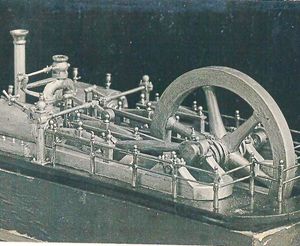
But to really appreciate his genius, we must differentiate between whittling and carving. The former involves a single knife and the wood being whittled must be held in the hand. Stick your piece in a vice or dare to remove its rough edges with sandpaper and you’ve crossed into the competitive world of carving.
There’s a distinct rivalry between devotees of the two skills, though that enmity never spilled into Brighton sea front battles. If it did, you wouldn’t fancy the chances of those clutching sticks.
Nevertheless, call Wilkes, in his pomp, a sculptor and you ran the risk of being thwacked by a piece of 4x4. We know the undisputed wizard of whittle was born on April 21, 1860, the son of West Bromwich collier Edwin Wilkes.
One imagines Samuel emerging from the womb, twig in hand.
In adulthood he gained employment as a galvaniser and planisher in the metal industry, and, on August 28, 1881, married Charlotte Cottam at Moxley Parish Church.
The couple had 15 children – a statistic that suggests Samuel found joy in other things besides whittling.
Charlotte, herself, became a revered local character known for dispensing herbal remedies to poverty-stricken families who could not afford medical bills. They called her simply “the Wise Woman”. Samuel’s status was growing in the Black Country where he’d carved a name for himself by inserting his art into bottles.
Soon the world would know of the craftsman’s capabilities.
Sam’s global conquest began when he read of an amazing American achievement – a world record, no less.
An individual had whittled a 53 foot long chain in 147 hours.
Wilkes was singularly unimpressed and sailed to Pittsburgh to restore British pride: when it came to whittling and queueing, we’d ruled the world for decades.
The date is unknown, but what Wilkes conjured from a plank, 10 feet long, one foot wide and one-and-a-half inches thick, has become the stuff of carpentry folklore.
He whittled it into an 82 foot chain with 472 links. And he wasn’t finished there – Samuel, rubbing salt into his rival’s wounds, created a ball at the chain’s centre and a hook on either end.
In the world of whittling, that’s plain showboating.
He returned home to a fanfare of newspaper headlines and moved his family to a new home in Dudley Port. Wilkes’ prowess was not confined to wood. He made working models of steam engines, which were inserted in large bottles and sprang to life when a penny was inserted in the slot. His pieces were exhibited at home and abroad, with money raised going to the Guest Hospital, Dudley.
When the Duke of York, later to become George VI, opened the hospital’s 1925 bazaar, Samuel was presented to him.
His “pièce de résistance” was unveiled in 1903. Samuel took 9,000 empty matchboxes – I think we know what happened to the sticks – and built a scale model of St Michael’s Church, Tividale.
That’s either the work of a genius or the symptom of a man with way too much time on his hands.
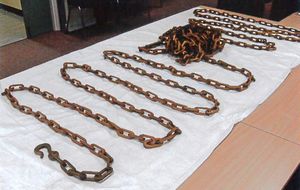
The model was destined to come to a sticky end. Samuel, ever the perfectionist, destroyed his labour of love in a fit of pique. He was evidently a temperamental artist.
Great-granddaughter Gill Rhodes explained: “He would lend his models to people like Pat Collins fun fair, but the church model got damaged and he was so upset he smashed it up. He couldn’t bear the thought it was not perfect.”
Presumably, fixing the thing was not an option.
In 1931, Samuel gave a rare press interview for he and Charlotte’s golden wedding anniversary. Naturally, the conversation turned to whittling.
“All my life I’ve been wood carving, but I’ve never had anyone teach me, nor even to sharpen my knives,” he said.
“I can remember as a lad how I always used to be cutting my fingers and my parents were always threatening to throw my knives into the fire because of that. I loved doing the work so much that neither cuts or threats could make me give it up.”
Wilkes is long gone, but not totally forgotten. The great chain that earned him a place in the record books along with three bottle models were donated to Birmingham Museum and Art Gallery. Sadly, they are in storage, not public display. Having seen sepia images of the man’s work, I feel the region should dedicate a day in his honour.
All we need is some bunting and flagpoles. I’ve collected a bundle sticks that would be ideal for the latter…they just need a bit of whittling.
***
Whittling is, apparently, enjoying a resurgence, with men indulging in the pursuit during lockdown’s lost days.
Carpentry blogger Michael Keller explained the hobby’s allure: “One can easily whittle just about anywhere. It is also a great way to meditate, think or contemplate some pressing issue. Today, I hardly go anywhere without a whittling knife and a small piece of bass wood.
“I often find myself waiting for my wife in a store or elsewhere, so I go outside and get into a whittling project. It takes the pain out of waiting and the time flies by.
“In fact, sometimes I am downright disappointed when my whittling session is over.”
Personally, I head for Greggs.

